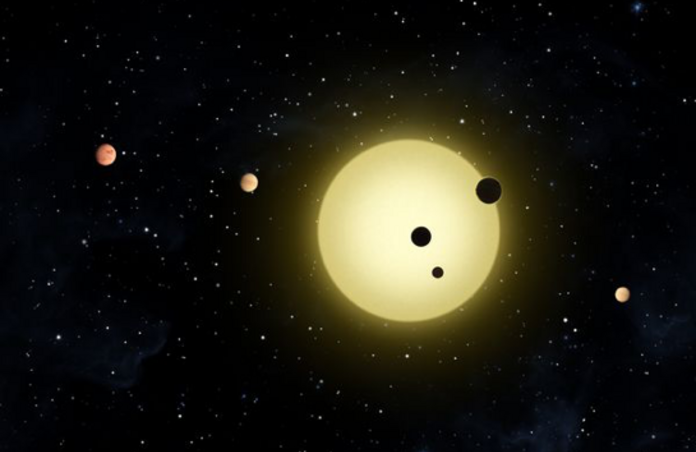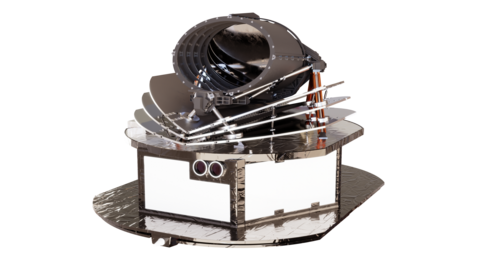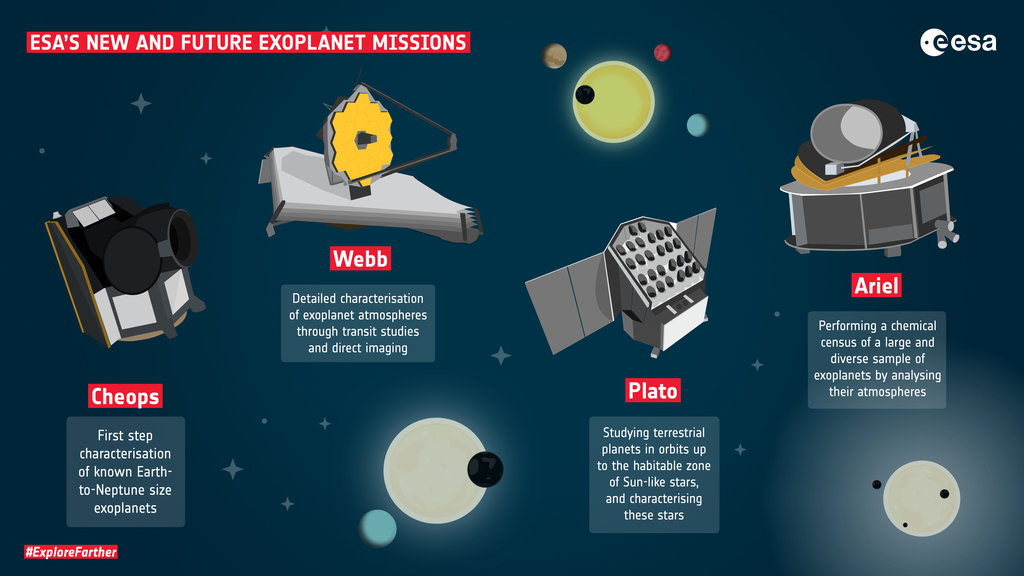The ARIEL mission: a new frontier of exoplanetary science

Over the past few decades, astronomers have discovered over 5000 exoplanets through methods of radial velocity, transits, gravitational microlensing and some even through direct imaging and astrometry. However, despite the range and number of these extrasolar planets, we still don’t have a clear understanding of how they are linked to their host stars, and if these stars have an influence on their formation and characteristics. Thus, a large-scale survey is needed to bridge this gap in knowledge, which is where ARIEL comes in.

The Atmospheric Remote-sensing Infrared Exoplanet Large-survey, or ARIEL for short, is the 4th medium-class mission selected by ESAs cosmic vision programme. The mission was adopted in November 2020, and is currently under development, being planned for launch in 2029. ARIEL is the first mission dedicated to measuring the chemical make-up and atmospheric temperature profiles of a large sample of planets, and will study these planets in more detail than ever before.
The missions’ aim is to collect the data of a diverse exoplanet sample, analysing the atmospheres of 1000 of these far-away planets. The census will range from rocky planets like our own earth, to gas giants which are mainly composed of helium and hydrogen. The drop in flux as a planet passes in front of its host star will be measured at a precision level of 10-100 parts per million relative to the star, and from this, chemical fingerprints of the exoplanets atmosphere will be measured. Additionally, the nature of these planets will be studied both individually and as populations which share similar characteristics such as age and composition, as well as monitoring the activity of their host stars. From this, we can better understand how a host star impacts planetary conditions.
ARIEL will use a range of techniques to detect substances in exoplanetary atmospheres such as water vapour, carbon dioxide and methane in addition to metallic compounds. These detections will allow astronomers to paint a picture of not only the environment on the planet, but the chemical environment of the host star. For a select number of planets, ARIEL will study their clouds and record variations in the atmosphere on both daily and seasonal timescales. This mission will build upon our knowledge of the solar system by providing insights into the early stages of planet formation, and their subsequent evolution.
The exoplanet mission is expected to launch on an Ariane 62 along with ESAs comet interceptor mission in 2029. It will take up an orbit at lagrange point L2, where it will cover the complete sky every 3 months. The spacecraft will be equipped with a Cassegrain reflector telescope, infrared spectrometer named AIRS (Ariel medium-resolution InfraRed spectrometer), and a Fine Guidance System module (FGS) containing 3 photometer channels in visible to near IR wavelengths along with a low-resolution near IR spectrometer. ARIEL is planned to operate for 4 years, with a potential extended phase of 2 years.

Along with ARIEL, 3 other missions dedicated to exoplanet study are planned for launch within the period of a decade, with each mission focusing on a different feature. The CHEOPS mission has already been launched in 2019, and PLATO is planned for a 2026 launch, aiming to find and study exoplanetary systems which consist of rocky planets orbiting within the habitable zone around sun-like stars. Thus, in the next decade a new generation of exoplanet research will be born, revealing more than ever about planetary formation and evolution, which will fill in the gaps of knowledge about how the properties of a planet are linked to the environment they form in, and if the host star drives a planets evolution.
--
Cover image: NASA/Tim Pyle
Reference: www.esa.int. (n.d.). Ariel factsheet. [online] Available at: https://www.esa.int/Science_Exploration/Space_Science/Ariel_factsheet [Accessed 18 Jan. 2023].
